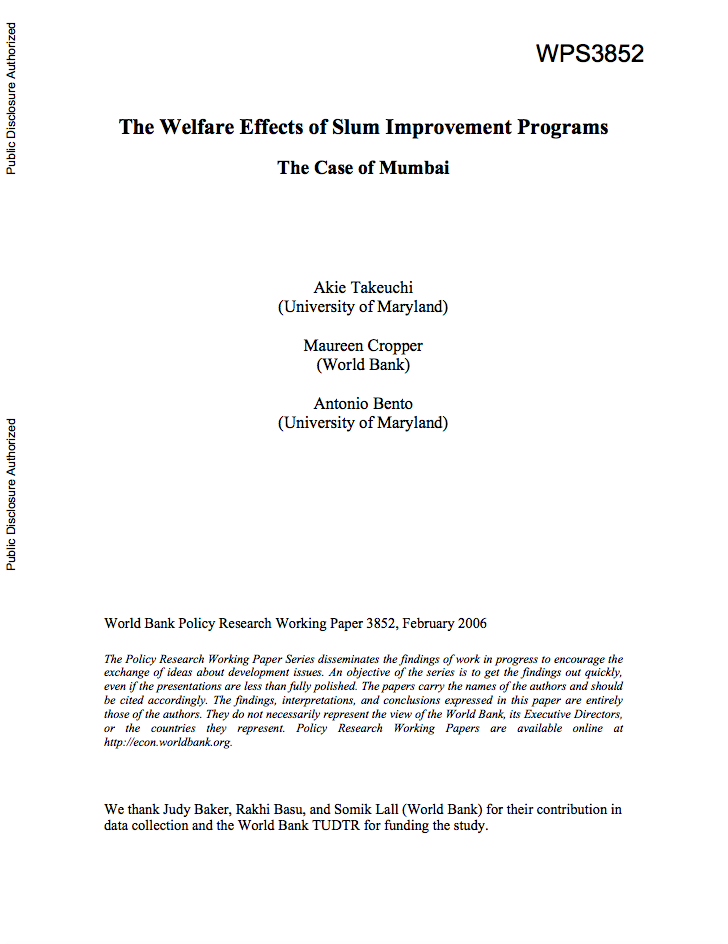Ghana - Meeting the Challenge of Accelerated and Shared Growth : Country Economic Memorandum, Volume 3. Background papers
Ghana has done increasingly well in
recent years. This report has analyzed these issues in
considerable depth, making it a prime reference on
Ghana's growth and poverty experience and current
policy challenges. The Ghana Country Economic Memorandum
(CEM) report presented in these three volumes brings
together detailed, relevant analyses of Ghana's growth
and the Millennium Development Goals (MDGs), poverty


